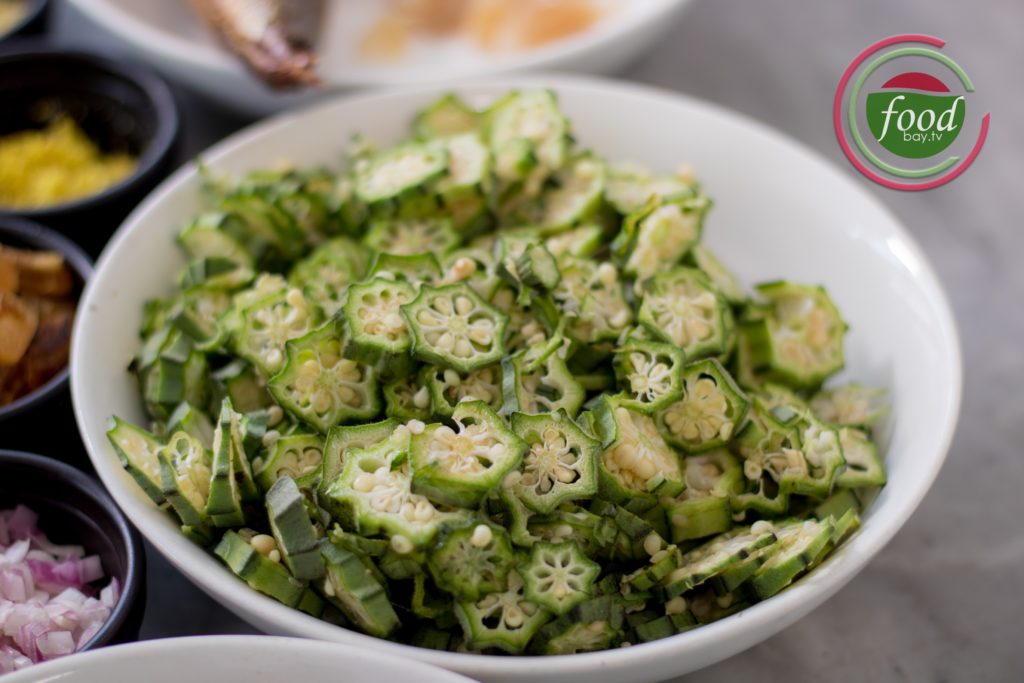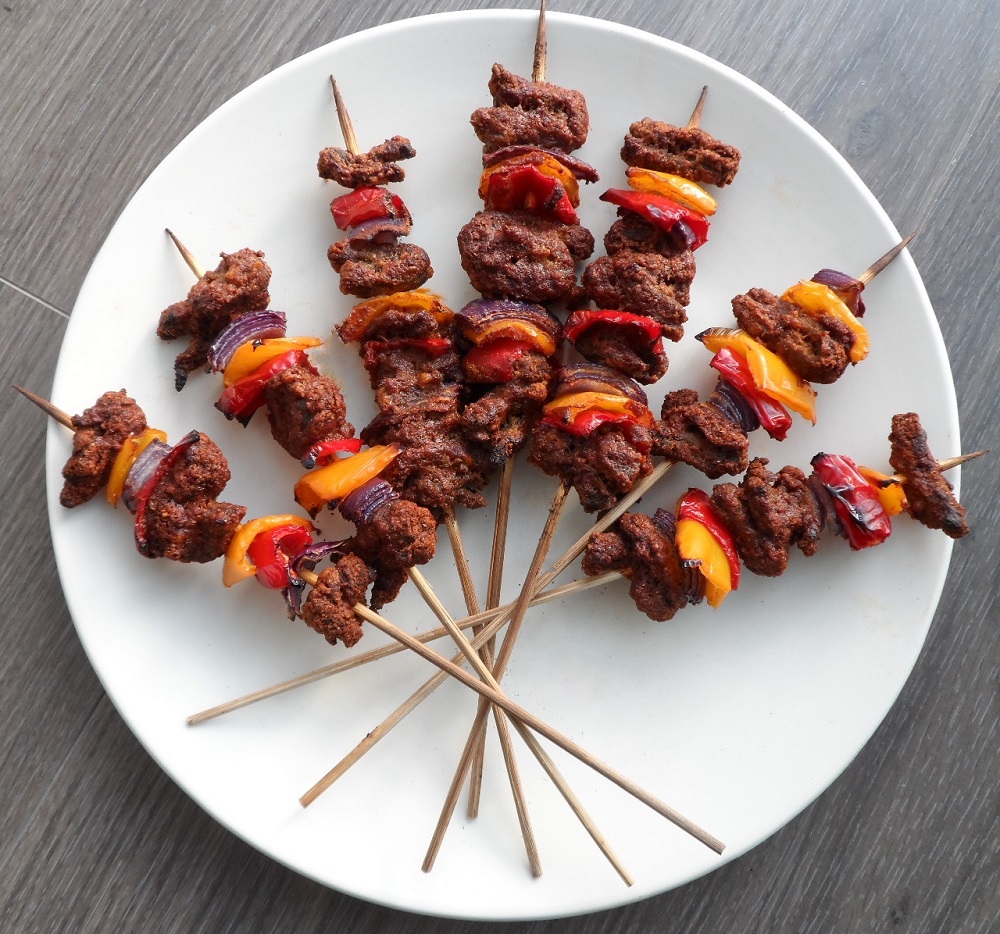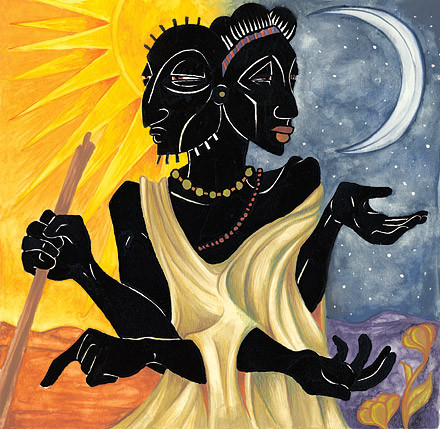Many of our local foods, spices, beverages, staples and spices like pap, garri, palm wine, iru, etc, that we consume are actually excellent sources of probiotics. These foods are processed using African traditional food processes like soaking, straining and most importantly, fermentation. Fermentation in food processing is the process of converting carbohydrates to alcohol or organic acids using microorganisms—yeasts or bacteria—under anaerobic conditions
So what are probiotics? A 2001 definition by the WHO (World Health Organisation) explains probiotics as live micro-organisms that when administered in adequate amounts, confer a health benefit on the host when consumed. The human body has trillions of bacteria and micro-organisms in it- some good some bad. Good bacteria have been proven by medical research to improve mental, digestive and overall body immunity and body health. The term probiotics was introduced by Lilly and Stillwell in 1965 to describe growth-promoting factors produced by microorganisms. The word probiotic is of Greek origin and means ‘pro-life’.
While there are probiotic supplements available, a better and more natural source would be from fermented foods. Probiotics are selected based on benefits to the host intestinal bacterium, usually Lactobacillus, Bifidobacterium and the yeast Saccharomyces boulardii.
A quick search on the internet would present you foods like Kefir, Yogurt, kombucha, Kvass, Miso, and several other foods you probably haven’t heard of as sources of probiotics. However, Africa has a wealth of several other foods and drinks besides probiotic yogurt included in their traditional menus. These foods include:
| FOOD/DRINK | MADE FROM | COUNTRY/TRIBE | |
| 1
|
OGI/AKAMU/KOKO | Fermented corn meal, made into a steamed porridge called ‘pap’. Or a pudding eaten with stews or soups called ‘eko’ or ‘agidi’. Usually used to introduce babies to semi solids | Nigeria – all tribes |
| 2 | KENKE | This is made from fermented white corn. Also called ‘dorkunu’ and eaten with peppery sauces and fried fish or any protein of choice | Ga tribe in Ghana |
| 3 | LAFUN | Meal made from fermented cassava roots, similar to ‘amala’ in terms of consistency, and eaten with soups. | Eaten by Nigeria’s Yoruba peoples in western Nigeria |
| 4 | MASA | A rice cake also called ‘Waina’ made from short grain rice that has been soaked for hours to soften and then blended with yeast. | A delicacy from Northern Nigeria |
| 5 | UGBA | Also called ‘ukpaka’ in some dialects, this is made from extensively fermented oil bean seed. It is a major ingredient in Abacha (African Salad). It coud also be made into a spicy salad on its own. | Eastern Nigeria, eaten by the Igbo people |
| 6 | IRU | It is made from fermented African locust beans, and it is used as a condiment to spice soups. Well known for its ‘phunky’ smell. | Nigeria |
| 7 | BURUKUTU | Burukutu is a beer-like drink brewed from the grains of guinea corn. The grains undergo steeping, malting, mashing, fermentation and maturation before it is ready to be drank | Northern Guinea savanna region of Nigeria, Ghana and Republic of Benin. |
| 8 | PALM WINE | A sweet tasty sap gotten from wounded palm trees | All Nigerian tribes |
| 9 | GARRI | Garri is cassava flour made from soaked, fermented, mashed and dry-fried cassava. It can be used to make snacks like Kokoro, drank as a cereal-10like meal with groundnuts and sugar, eaten sprinkled over beans, and made into a stiff doughy staple eaten with soups | All Nigerian tribes |
| 10 | NUNU | This is a local fermented milk which becomes a yoghurt like drink that is eaten with millet paste called fura. Combined, we get Fura da Nono | Popular in Northern Nigeria, but sold in other parts of the country by Fulani women |



